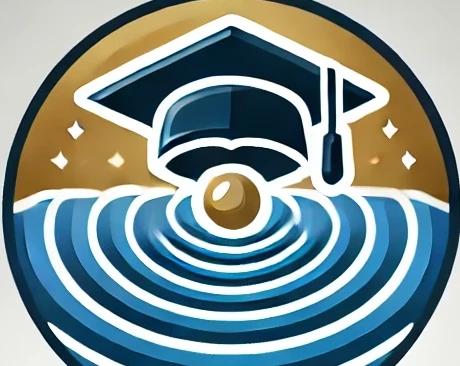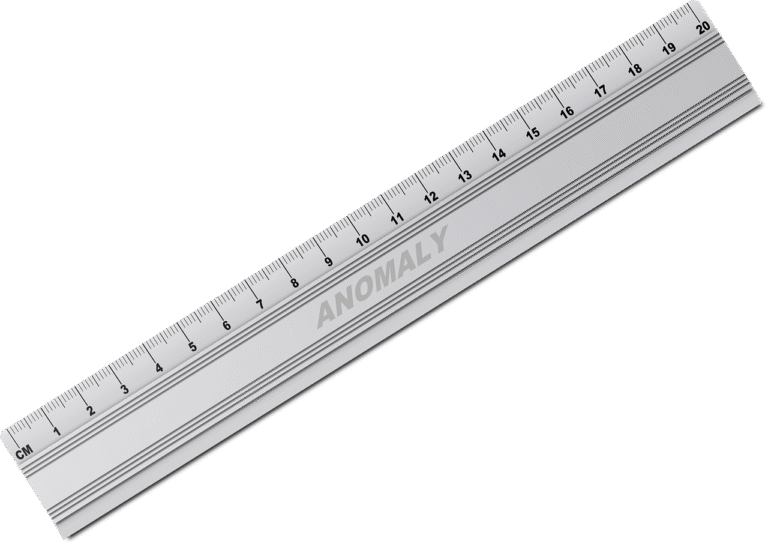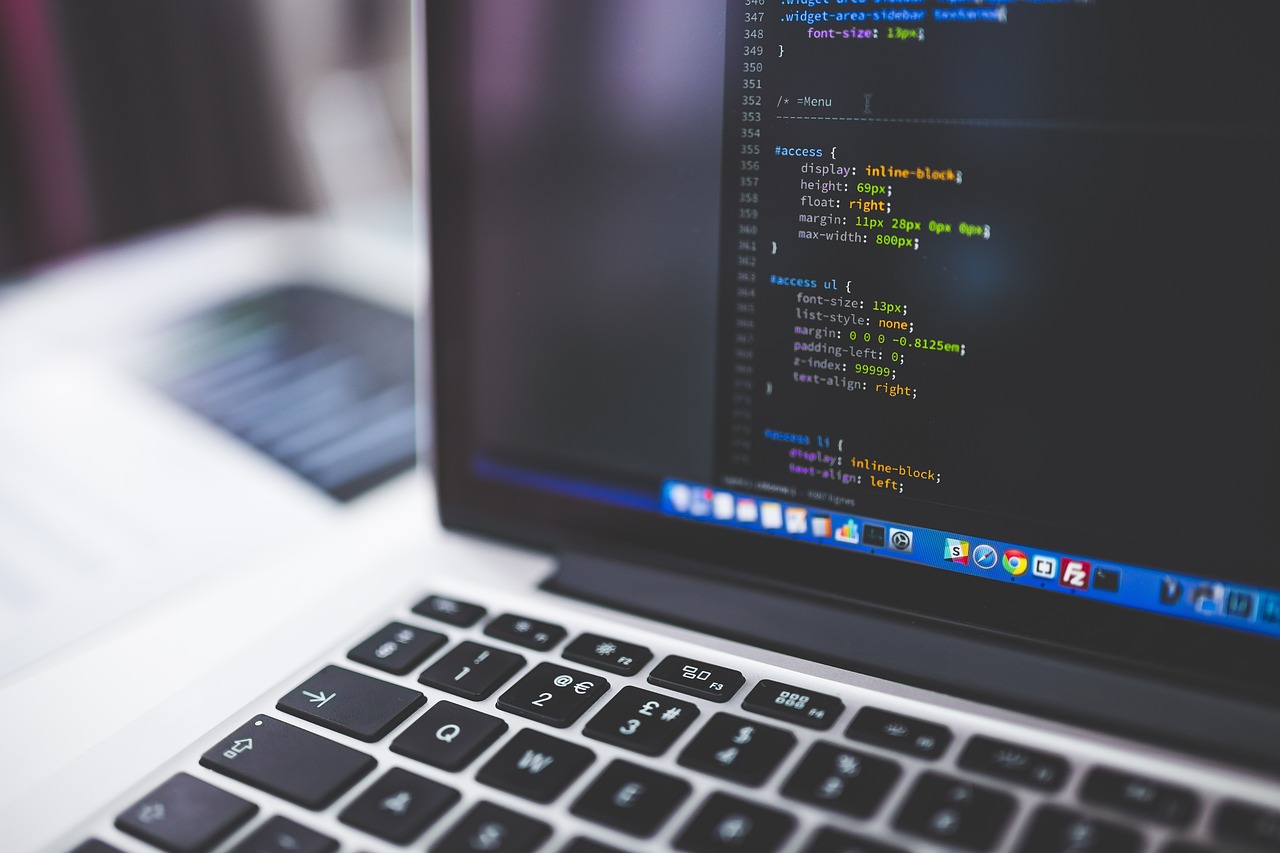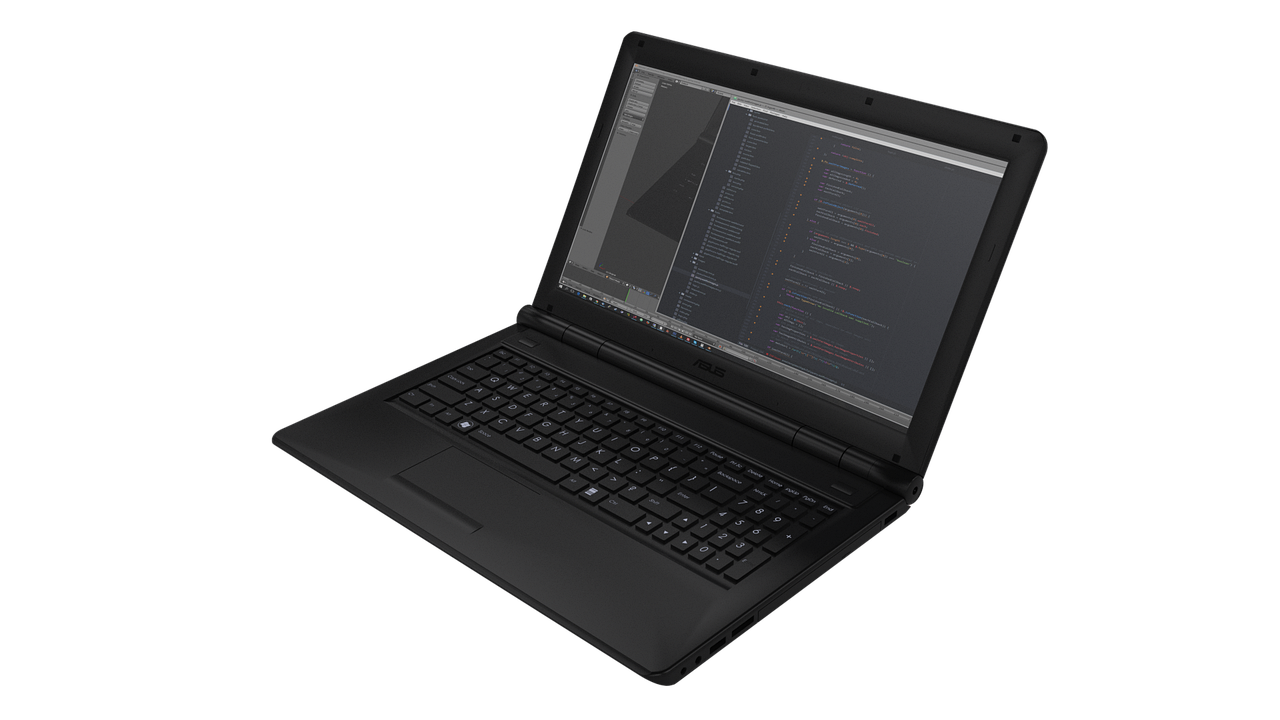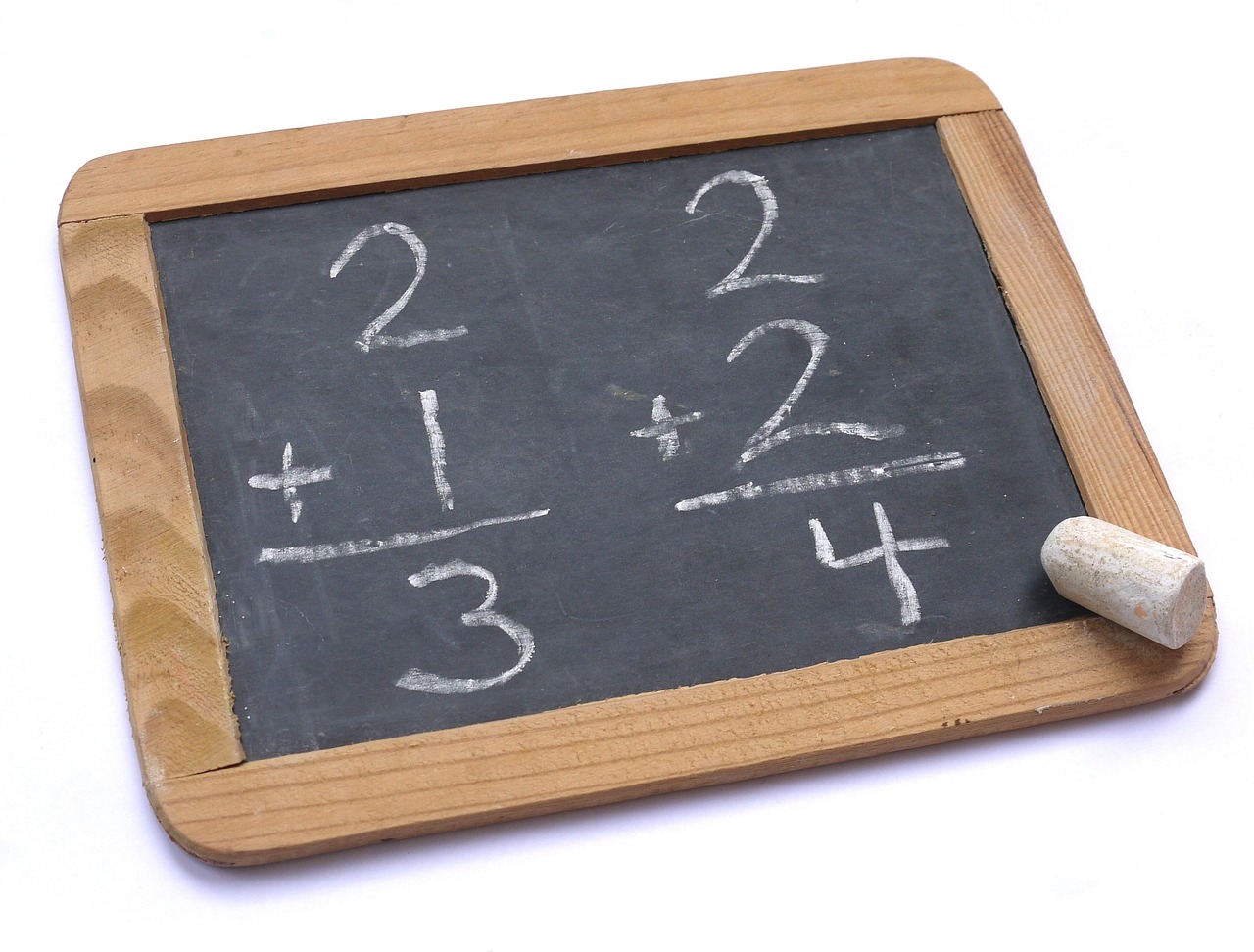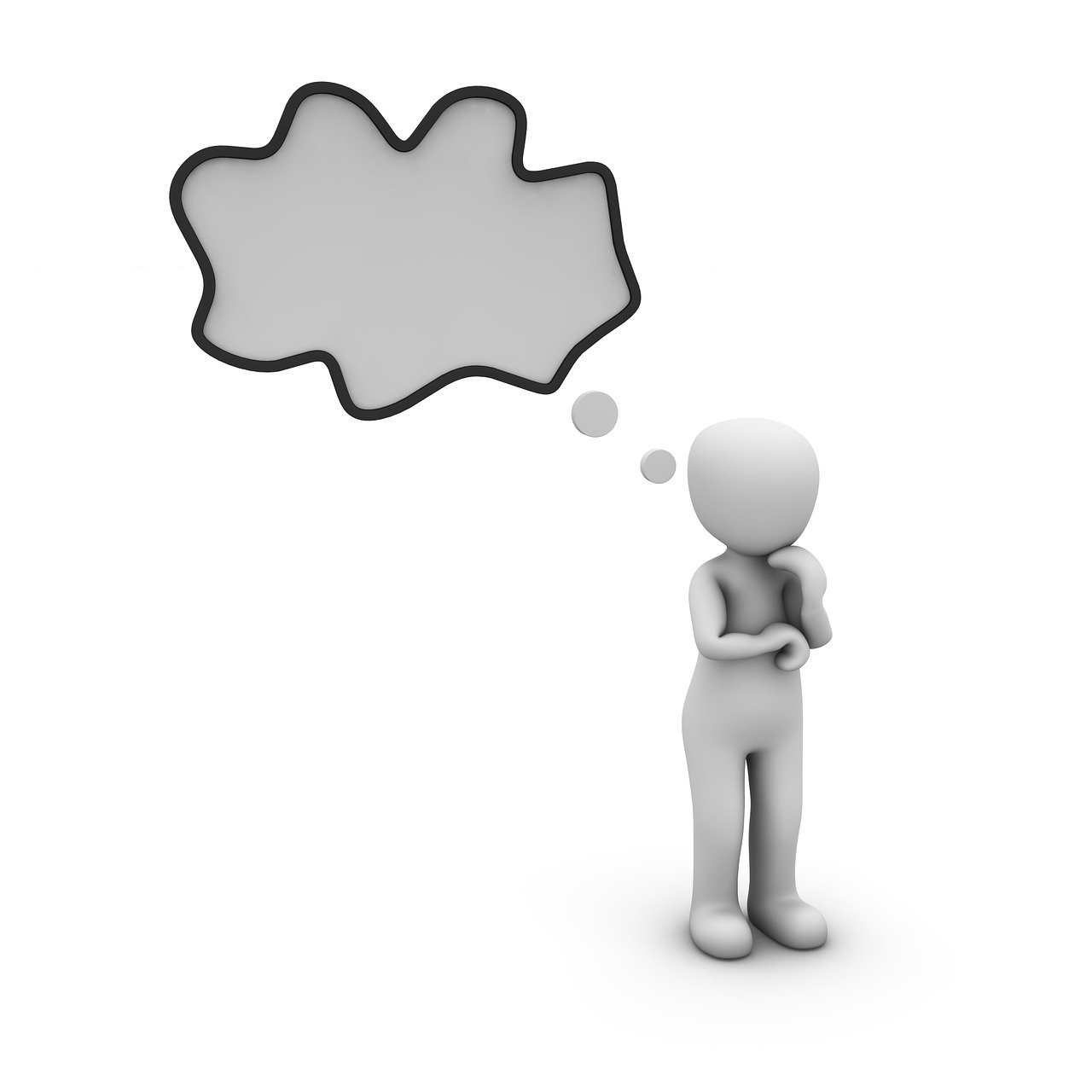Class: Primary 4
Subject: Mathematics
Term: Third Term
Week: 2
Topic: Length – Estimation and Comparison with Actual Measurements
Duration: 1 Hour
A. Lesson Objectives
By the end of the lesson, pupils should be able to:
Define estimation and measurement of length.
Estimate the length of objects before measuring them.
Measure objects using standard units (centimetres/metres).
Compare estimated lengths with actual measurements.
State the importance of measuring length accurately.
B. Instructional Materials
Ruler or metre rule
Measuring tape
Objects of different lengths (books, desks, pencils, etc.)
Flashcards with units of measurement
Chart comparing standard and estimated measurements
C. Lesson Content
1. Meaning of Estimation
Estimation means making a good guess about the length of something without measuring it.
Example:
Before using a ruler, we can guess that a pencil is about 15 centimetres long.
2. Meaning of Measurement
Measurement means finding the exact length of an object using a tool like a ruler, measuring tape, or metre rule.
3. Standard Units of Length
| Unit | Abbreviation | Used to measure |
|---|---|---|
| Centimetre | cm | Short objects (pencil, book, etc.) |
| Metre | m | Longer objects (tables, boards) |
4. Estimating and Measuring
Steps:
Look at the object.
Guess how long it is (Estimation).
Use a ruler or tape to measure (Actual measurement).
Compare your estimate with the actual length.
5. Examples
| Object | Estimated Length | Actual Length | Difference |
|---|---|---|---|
| Pencil | 15 cm | 17 cm | 2 cm |
| Exercise Book | 30 cm | 28 cm | 2 cm |
| School Desk | 1 m | 1.2 m | 0.2 m |
6. Why is Estimation Useful?
Helps us plan quickly
Helps when tools are not available
Builds thinking and guessing skills
Useful in daily life (e.g., building, sewing)
D. Class Activities
Pupils estimate the length of their books, pencils, tables, etc.
Pupils measure the actual length with rulers or tapes.
Pupils compare the difference between their estimates and measurements.
Group competition: Closest estimate wins!
E. Evaluation (Assessment)
What is estimation?
Name two units used to measure length.
Estimate the length of your ruler.
Measure the actual length of your pencil.
Why is estimation important?
F. Assignment
At home, estimate and measure 3 items (e.g., spoon, door, shoe).
Record your estimate and actual measurement in a table.
G. Conclusion
Estimation is making a smart guess.
Measuring tells the exact length using tools.
It’s good to compare both to improve our guessing skills and accuracy.
